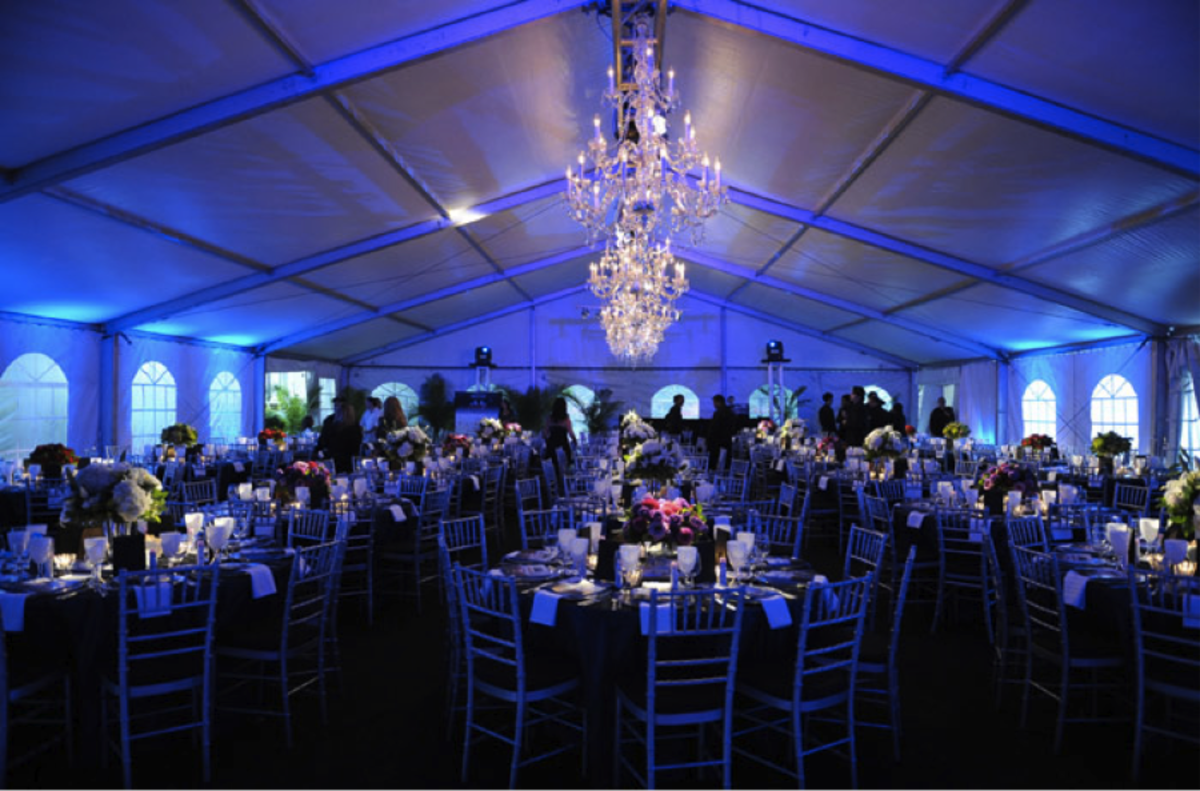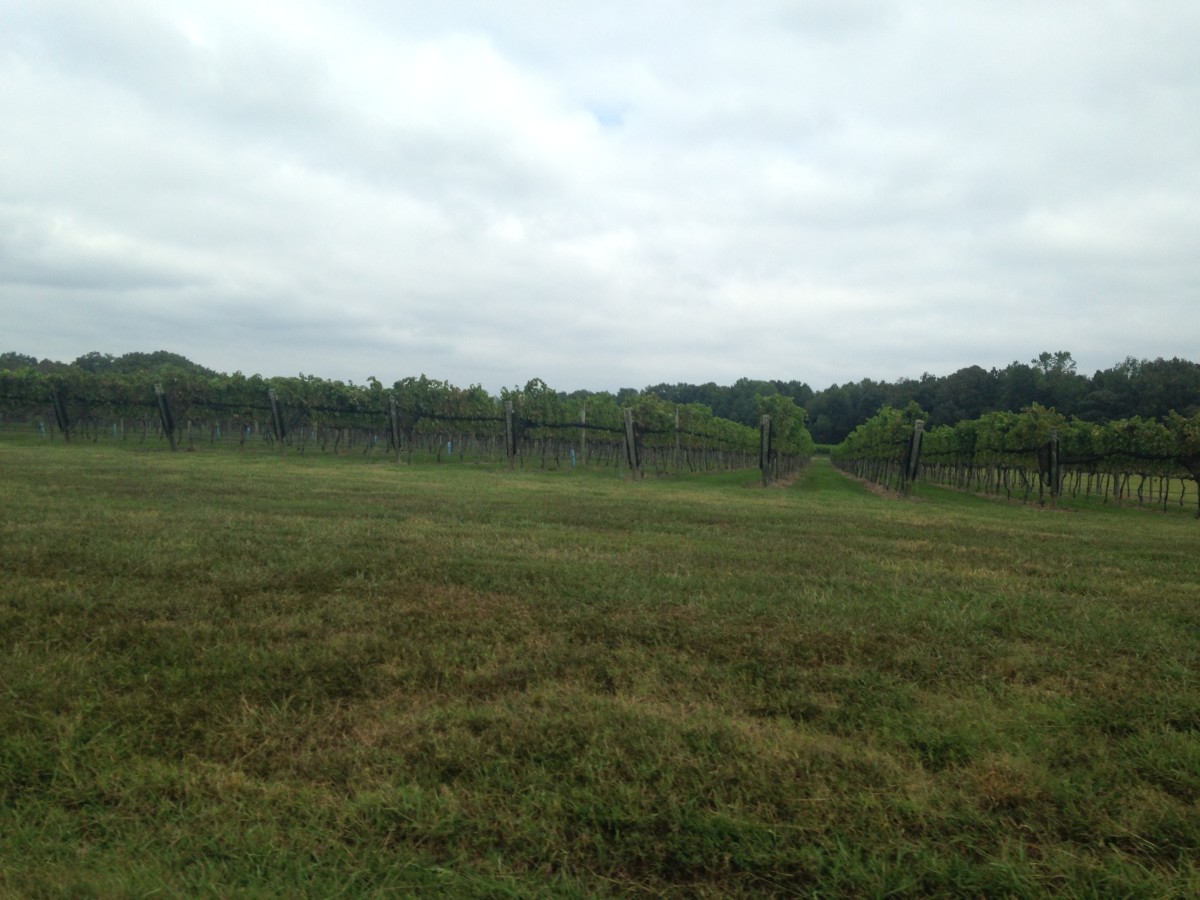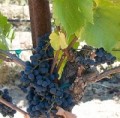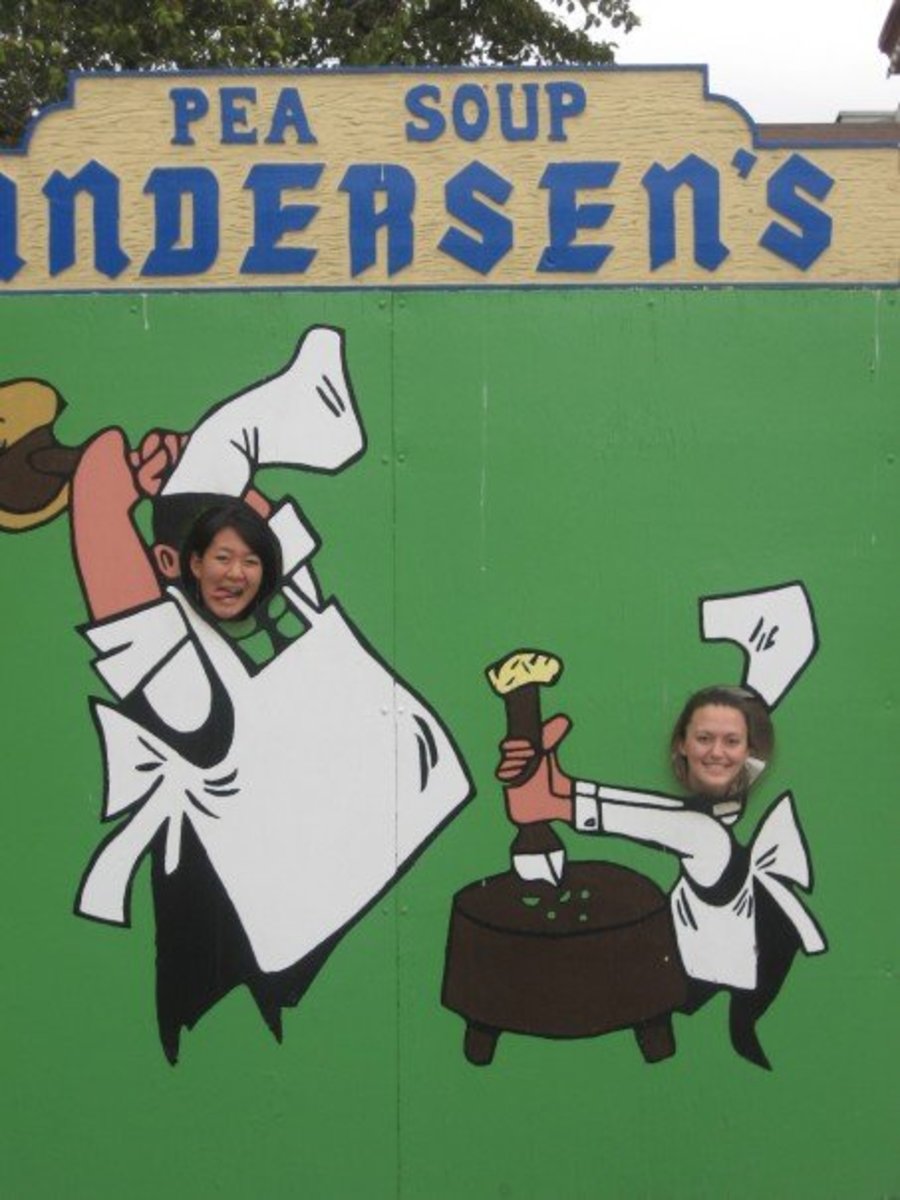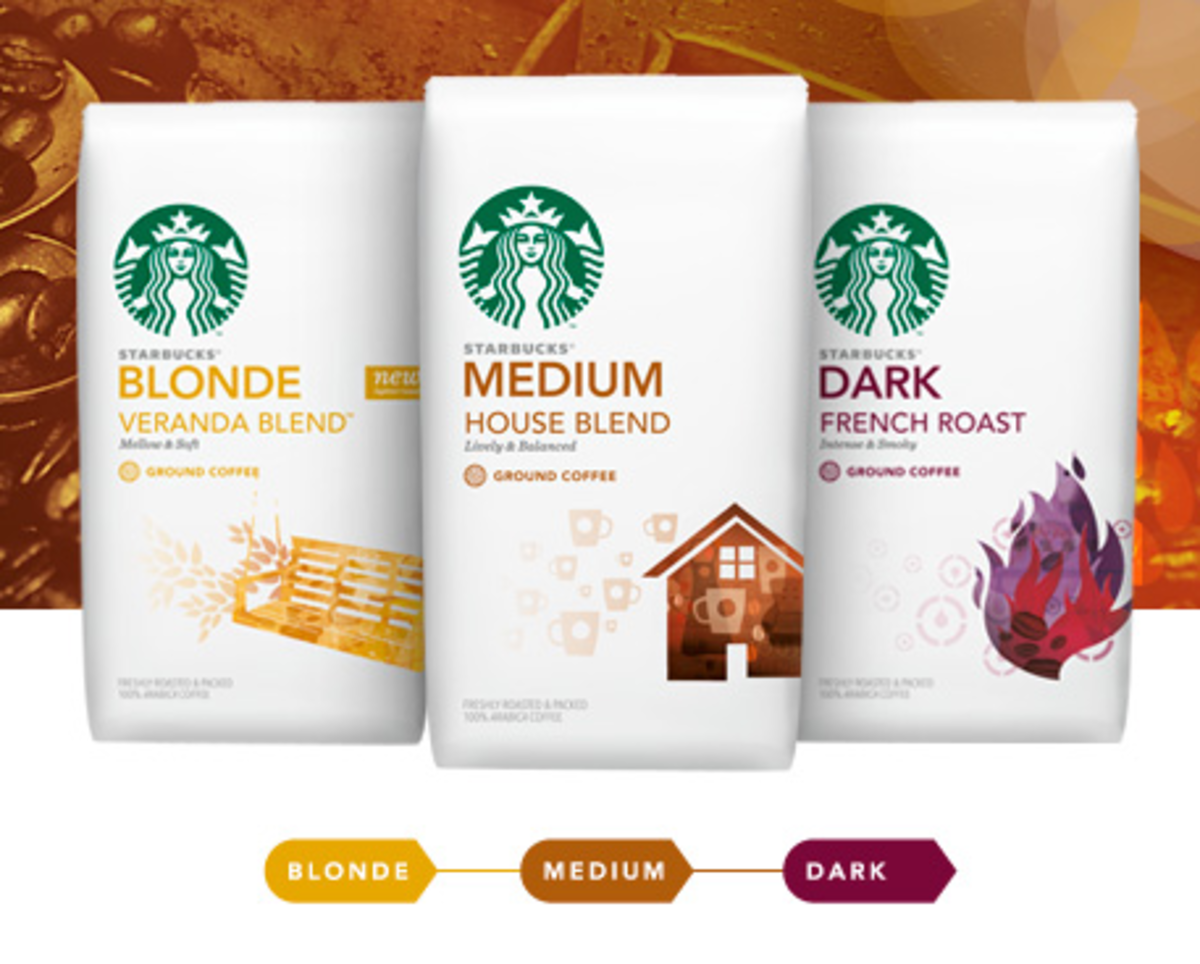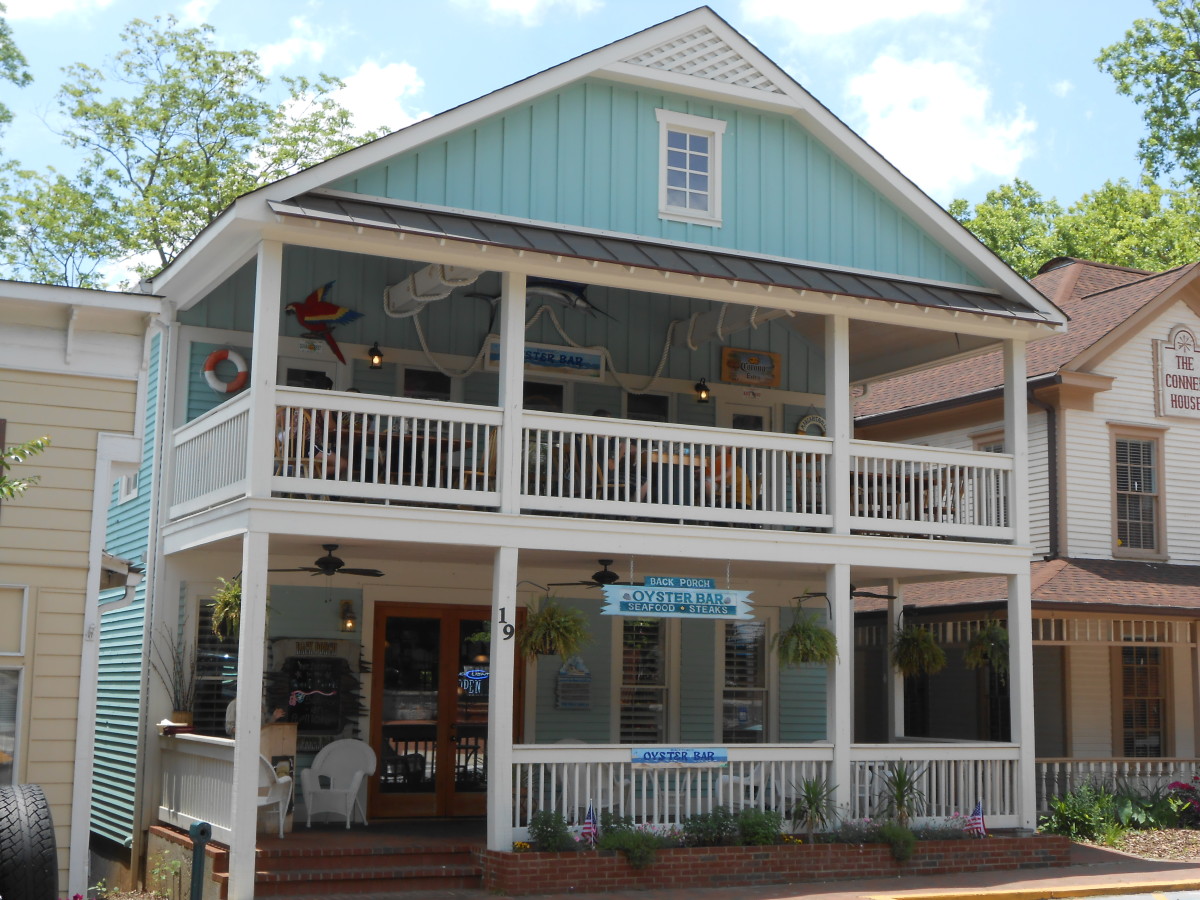How to Go Wine Tasting
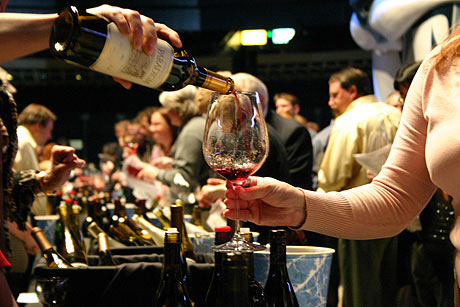
"Here's to the corkscrew - a useful key to unlock the storehouse of wit, the treasury of laughter, the front door of fellowship, and the gate of pleasant folly."- W.E.P. French
I'd like to propose a toast: To wine, a truly terrific friend. I only wish that more people realized it's really quite approachable. Contrary to popular belief, wine tasting is no longer for those who have merlot rather than blood in their veins. Here are some simple tips for going wine tasting and enjoying all the grape has to offer.
Kinds of Wine Tasting
- General Tasting - There is no real limitation to the variety of wines from which you have to choose. You may, of course, restrict the wines to those from a particular region, price range, grape, or other criteria if necessary; just not by vintage or winery.
- Horizontal Tasting - These involve wines that come from the same vintage. A horizontal tasting is a good way to see which winery was most successful within a given year. You can also begin to detect the unique qualities of each winery's selection. In short, this type of tasting tells you more about the producers than about the vintage since you are comparing different wineries rather than different years.
- Vertical Tasting - This type of tasting highlights wines from different vintages, but ones that are all produced by the same winery. If the winery produces more than one type of wine, which many do, you would select a single wine from that winery and taste multiple vintages. When you go to a vertical tasting, you are learning more about the differences between vintages rather than wineries.
Order of Tasting
- Tasting should begin with white wines, and then move on to the red wines.
- Wines should be tasted in order of "body-style," or alcohol content, starting with light, then medium, and then full-bodied.
- For white wines, taste: Riesling, Sauvignon Blanc and then Chardonnay.
- For reds wines, taste: Pinot Noir, Merlot, and then Cabernet Sauvignon. Don't worry, you'll be told exactly what you're tasting. If not, don't be afraid to ask, they'll be glad you're showing an interest.
- Other orders of importance are from dry to sweet, young to old, high acidity to low acidity, and low tannins to high tannins.
The Actual Process
- Lift your glass, and hold it directly at the tip of your nose. Examine the color of the wine; if you can, hold it up in front of a lightly-colored background so you can really see what's inside. Is it dark crimson, or a pale red with a slightly golden tint? Remember that as reds age, they become lighter, and when a white wine ages it becomes darker.
- Next, there's the swirl. No, it's not just something you see in the movies, although it does make you look pretty cool; it's actually to coat the sides of the glass and release the "bouquet," or the smell of the wine. Hold the glass by the stem, press down slightly, and start circling the glass to create a mini-cyclone within the wine. You'll notice drops of wine either slowly or quickly sliding down the sides of the glass. The wine-savvy term for this is "legs" or "tears." If the drops are thick and slow, they are long legs. The longer the legs, the higher the alcohol content, like in sweeter wines.
- Smell the wine. Go on, stick your nose right over the glass, and breathe deep. In case you didn't already know, the majority of one's taste is actually experienced through the nose. Therefore, smelling the wine really adds to your tasting experience. It can be a little tricky to determine what you smell, but there are a few key aromas like "earthy" or "fruity."
- Here's the exciting part: Taste the wine. Tilt the glass and make sure to get a good mouthful. Roll it around on your tongue and tilt your head back just slightly to let the wine wash over your taste buds and feel its weight. To give you an easy comparison, think of milk; skim milk is lighter than 2% and even more so than whole milk; wines are similar. While the wine is still in your mouth, open your mouth slightly and inhale. This will bring out the full flavors of the wine. Now swallow, and wait for the finish, or aftertaste, which should linger on your palette if you are tasting quality wine.
A Few Wine Definitions and Terms
Basics:
- Acidity: A tart or sour taste in the mouth when total acidity of the wine is high.
- Aftertaste/Finish: Flavors that linger in the mouth after the wine is tasted, spit or swallowed, like "harsh," "hot," "soft," "short," "smooth," or nonexistent.
- Quaffer: A wine to drink (not sip).
Character:
- Assertive: Upfront, forward.
- Attractive: A lighter style, fresh, easy to drink wine.
- Balanced: Indicates that the fruit, acid, wood flavors are in the right proportion. A wine is well balanced when none of those characteristics dominates.
- Crisp: Denotes a fresh, young, wine with good acidity.
- Delicate: Used to describe light- to medium-weight wines with good flavors.
- Depth: Describes the complexity and concentration of flavors in a wine.
- Round: Describes a well-balanced wine in fruit, tannins and body.
- Short: Describes a wine that does not remain on the palate after swallowing.
- Thin: Lacking body and depth.
Taste:
- Barnyardy: Smell of farm animals. Definitely negative.
- Bite: A marked degree of acidity or tannin. An acid grip in the finish should be more like a zestful tang and is tolerable only in a rich, full-bodied wine.
- Dirty: Covers any and all foul, rank, off-putting smells that can occur in a wine, including those caused by bad barrels or corks. A sign of poor winemaking.
- Earthy: Describes a wine that tastes of soil, most common in red wines. Can be both positive and negative.
- Green: Tasting of un-ripe fruit. Not necessarily a bad thing, especially in a Riesling.
- Heady: Used to describe the smell of a wine high in alcohol.
- Oxidized: Describes stale or 'off' wines.
- Tannin: Describes a dry sensation, with flavors of leather and tea.
- Zesty: A wine that's invigorating.
Where to Go
- First, determine what region to visit. There are wineries located near or en route to most popular urban areas and natural attractions.
- Get in touch with the local Chamber of Commerce, visitor's centers/tourism bureaus and winery trade associations to get maps and suggestions on which spots to visit and what's going on.
- Call Ahead: Some wineries are open for touring and tasting only by appointment. During harvest, visitors can also call ahead to find out when the grapes will arrive so they can watch the crush.
- Don't Overbook: Limit each day's excursion to a maximum of three wineries to get the full experience at each one. Take a tour, talk to the tasting room staff to learn more about the wines, browse the gift shops, and allow enough time to eat lunch between visits. Most wineries are located in rural areas where roads can be narrow and winding, so relax and allow plenty of time to take in the view.
- Determine which wineries are open for public tasting and their business hours. Have a designated driver when possible and also use spit buckets when appropriate.
Final Thoughts
Ø Apart from the wine and glasses, the tasting table will likely hold plates of cheese or sherbet. They're not there to snack on, but to cleanse the palette after tasting each wine, so just nibble.
Ø Wear something comfortable (and) replaceable. After all, you don't want to cry over spilt wine, especially if it's all over your Armani blouse.
Ø Taking notes is a good idea. This will help you remember your likes and dislikes. A wine journal can also be used to track how a wine is developing.
Above all, Have Fun!


